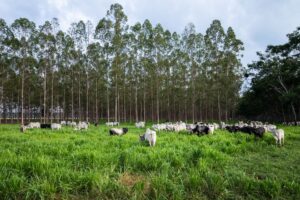
Can Brazil save the Amazon and produce enough beef to feed the world?
Restoring 40 million hectares of pasture could feed billions and ease pressure on the Amazon. Is the world paying attention?
On average, a single cow emits enough methane each year to match the greenhouse gas emissions of a gas-powered car driving around 15,000 miles. It’s a striking statistic — and one that, like many others about cows and climate, doesn’t tell the full story. As World Without Cows filmmakers Michelle Michael and Brandon Whitworth discovered in their travels, understanding the true impact of cattle requires looking beyond the numbers.
If that same cow were raised for dairy, it could produce more than 20,000 pounds of milk in a year, providing essential nutrients for thousands of people. If raised for beef, it could yield enough high-quality protein for more than 1,800 meals . And unlike a car, the cow also plays an active role in the environment — helping to capture carbon, improve soil health and, on farms equipped with biodigesters, even turning waste into renewable energy.
There’s no denying that cows contribute to climate change. But are there other factors that should be considered when we think about cows and the environment?
Conversations about cows and sustainability often begin and end with methane. But on their journey across the globe, Michelle and Brandon met scientists, farmers and sustainability experts — all of whom agreed: To truly understand the environmental impact of cows, we must dig deeper.
Let’s take a look at what they discovered:
According to the Intergovernmental Panel on Climate Change (IPCC) — the most widely recognized international standard for measuring total greenhouse gas emissions — cows account for 5% of global greenhouse gas emissions, while fossil fuels contribute 78%.
This is a stark contrast with a frequently cited statistic from a 2004–05 Food and Agriculture Organization (FAO) analysis stating that cows are responsible for 14.5% of emissions. That number, however, includes all livestock — not just cows, but also sheep, goats, horses and other farm animals — making it an outdated and often misleading comparison.
When considered among all global greenhouse gas emissions, methane accounts for 11%, and ruminants like cows, sheep and goats contribute around 30% of those methane emissions. But what studies often fail to consider is that the methane cows produce is part of the biogenic carbon cycle, meaning it breaks down and cycles back into the environment in just 10 to 12 years — unlike carbon dioxide from fossil fuels, which remains in the atmosphere for centuries.
Along their journey, Michelle and Brandon questioned whether removing cows from the equation entirely would be an effective climate solution — but the data suggested otherwise.
According to Dr. Frank Mitloehner, director of the CLEAR Center at UC Davis, even if every person in the United States went vegetarian or even vegan, the impact on greenhouse gas emissions would be minimal.
Mitloehner explained, for instance, that if all Americans practiced Meatless Mondays, we would reduce GHG emissions in the U.S. by 0.6%. Practicing beefless Mondays would cut that number to 0.3%. And even if the U.S. went completely vegan, omitting all animal-sourced foods from their diets, greenhouse gases would be reduced by 2.6%.
Through conversations with researchers and scientists, Michelle and Brandon learned that methane emissions from cows aren’t a fixed problem — they’re , with many solutions already underway.
With the knowledge that methane is produced when cows digest fiber, scientists have conducted research showing that modifying a cow’s diet can reduce its emissions, with grain-fed cows producing less methane per unit of feed than pasture-raised cows due to differences in fermentation.
Feed additives are also being utilized to further reduce emissions by changing the microbial ecology of the rumen. These include:
Advancements in genomics technology and selective breeding are also underway. For example, scientists at the University of California, Davis are researching genetic selection strategies to breed cows with naturally lower methane emissions, as well as precision microbiome editing to block methane-producing microbes from forming in the digestive system.
While cows account for 5% of global greenhouse gas emissions, they also:
Research shows that implementing well-managed grazing systems, like adaptive multi-paddock (AMP) grazing, can help farms capture up to four times as much carbon as conventional grazing methods while also reducing their cows’ methane emissions by up to 10%. These farms also have healthier soils with greater insect diversity, microbial activity and water retention capabilities, as well as more grassland birds, which thrive in environments supported by AMP grazing.
These environmental contributions are difficult to account for in basic emissions statistics, but they play a critical role in promoting sustainability.
We must also consider that sustainability challenges and solutions can vary based on local context. Cows are raised in vastly different ways around the world, and as such, there’s no universal approach to reducing their footprint.
The good news is that progress is being made, and producers worldwide are making strides to boost their productivity while minimizing their environmental impact. For example:
In developing countries — from which 80% of all global livestock emissions originate — improvements in animal husbandry and land management are reducing the environmental impact.
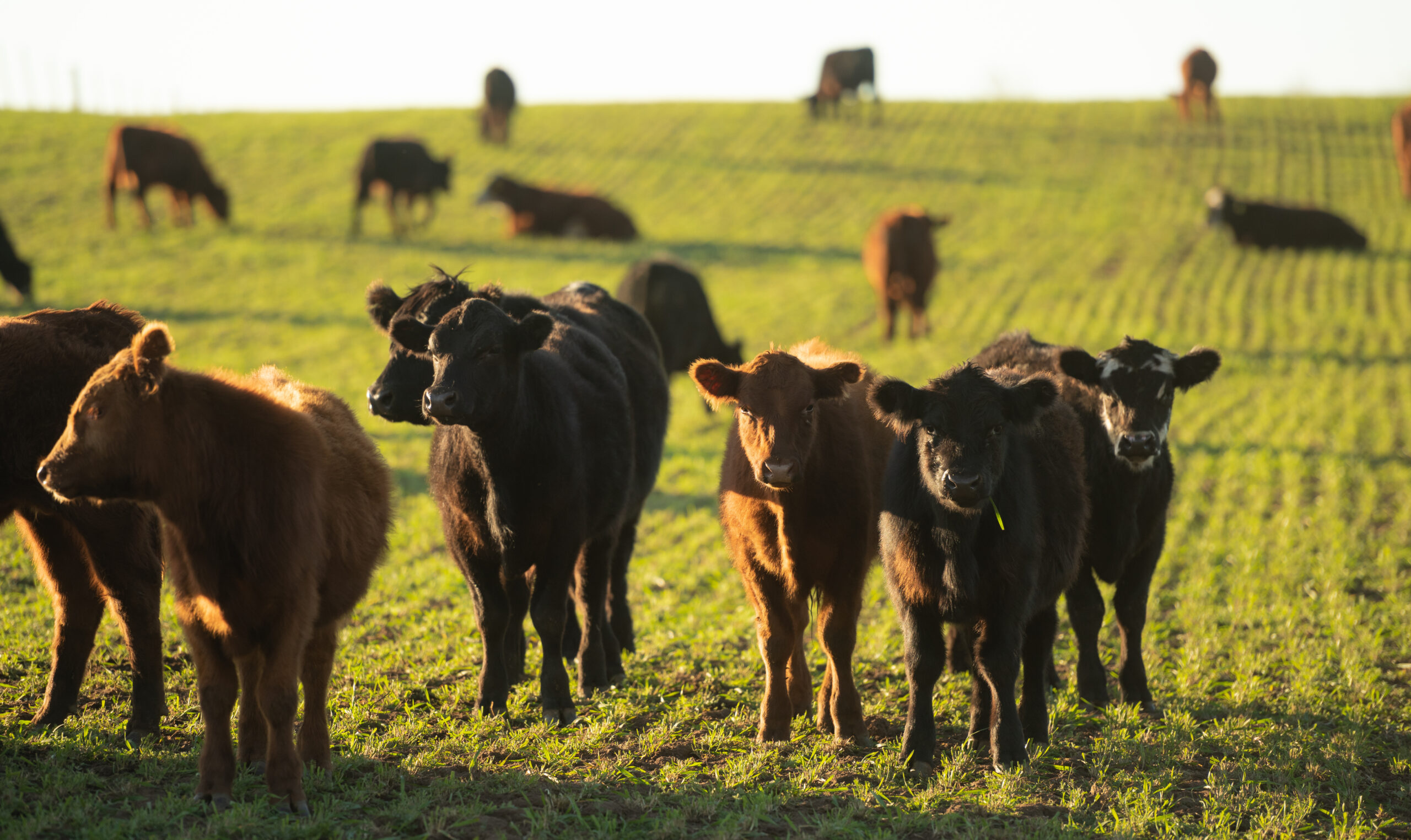
Sustainability shouldn’t be about choosing sides. We all can agree that yes, cows contribute to climate change. But they also are crucial for maintaining the Earth’s natural ecosystems and helping farmers capture carbon and store it in the soil — making them a key part of a sustainable future. And when we focus on simple metrics, rather than the complete picture, we miss opportunities to spark conversations that can lead to solutions.
Farmers and ranchers around the world are already working to lower their environmental footprint, finding ways to produce more food with fewer resources. Supporting these efforts — through innovation, policy and continued discussion — is one of the most powerful ways we can drive meaningful change.

Restoring 40 million hectares of pasture could feed billions and ease pressure on the Amazon. Is the world paying attention?
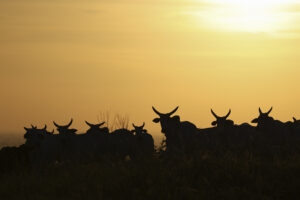
New mini-doc explores deforestation, food security and the Brazilian cattle sector’s path to a more sustainable future
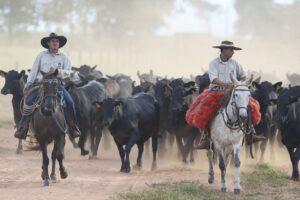
Mention Brazilian beef, and you’re likely to spark discussion about familiar themes: deforestation, emissions and blame. What do we find when we dig deeper? Here are the answers to five top questions about Brazil’s role in protecting the Amazon and feeding the world.
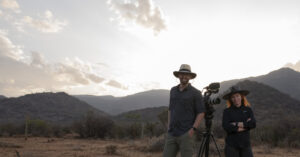
From science to the big screen: Discover how a single question grew into a global journey.

The role of essential oils like thyme, oregano and clove in reducing methane emissions from cattle.

Exploring the science of cows, climate change and how greenhouse gases move through the atmosphere
As climate change intensifies and the world’s population continues to grow, the pressure on our global food production system mounts. You can play an active role in shaping a more sustainable planet for future generations. Fill out the form below to learn more about how you can partner with us.
Receive notifications about the release date, new online content and how you can get involved